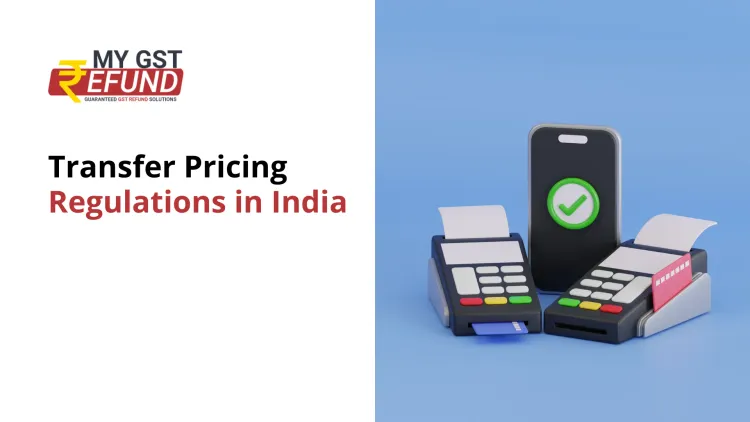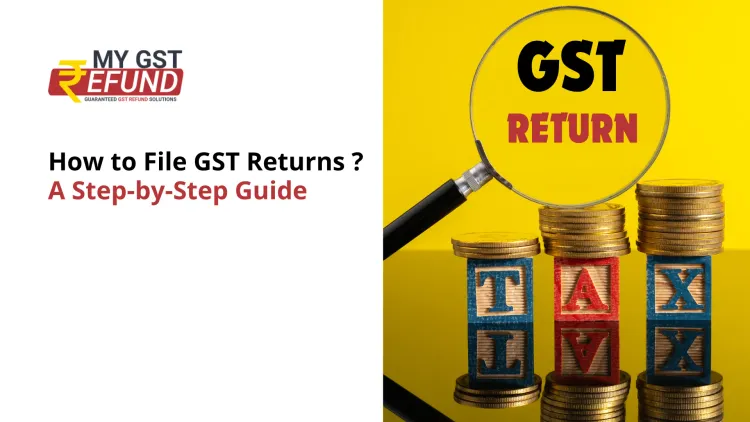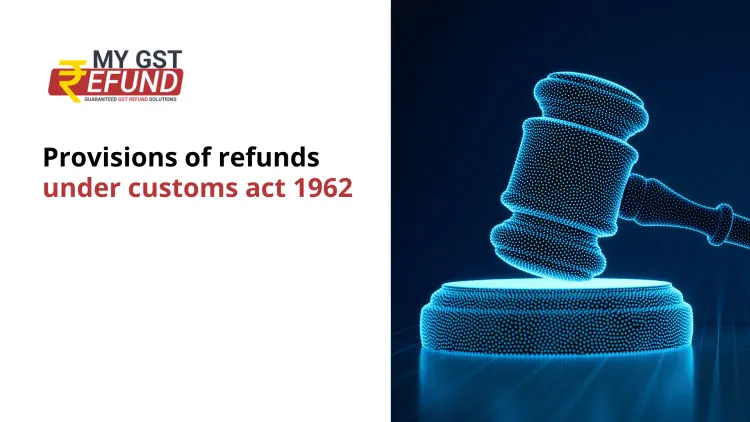A Complete Guide on E Way Bill.
Published on: Wed Mar 15 2023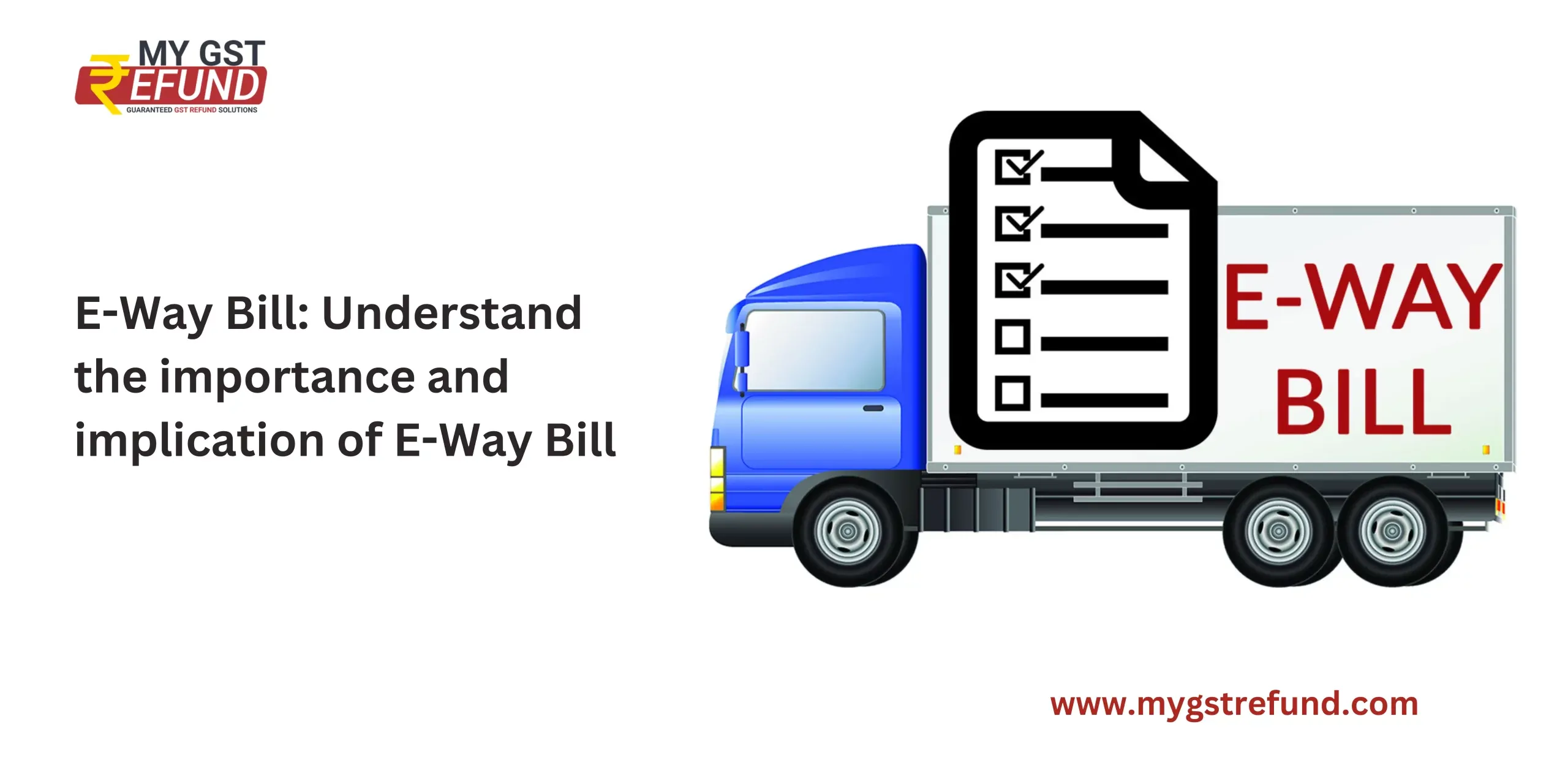
What is an e-way Bill?
E-way Bill stands for an Electronic way Bill which has to be generated on the Electronic way Bill portal. Every registered person who causes the movement of goods in a vehicle/conveyance is required to generate an e-way bill. A registered person is not permitted to move goods in a vehicle with a value greater than Rs. 50,000 (Single Invoice/bill/Delivery Challan).
Electronic way Bills can be generated on the portal ewaybillgst.gov.in. A unique Eway Bill Number (EBN) is generated when an Electronic way Bill bill is created and is made available to the supplier, recipient, and transporter.
When to Generate e way bill?
When transporting goods within a state or between states with a value exceeding Rs. 50,000, it is required to generate an e-way Bill before transportation. The individual responsible for the conveyance of the goods must carry a physical or digital copy of the Electronic way Bill, in addition to other important documents like receipts and invoices. The validity of the e-way Bill varies between one and fifteen days, depending on the distance the goods will travel.
Who should Generate e way bill?
Either the sender or receiver of the goods, who are registered individuals, or the transporter, can create the e-way bill. In the case of an unregistered transporter, they can register on the common portal and produce the Electronic way Bill on behalf of their clients for the transportation of goods.
Situations when eWay bill is not necessary
- The value of the goods being transported is Rs. 50,000 or less, whether it is within a state or between states.
- Goods are ta transported from a customs port, airport, air cargo complex, or land customs station to an inland container depot or a container freight station for customs clearance.
- Non-motorized conveyances, such as bicycles or handcarts, are used to transport goods.
- Goods are transported from the port, airport, air cargo complex, or land customs station to an inland container depot or a container freight station for customs clearance.
- Goods are transported under customs bond from an inland container depot or a container freight station to a customs port, airport, air cargo complex, or land customs station.
- Goods are being transported within a state or union territory that does not have e-way bill regulations.
- Specified goods, such as live animals, fish, fruits, and vegetables, are being transported.
What are the rules and limits of state-wise e-way bills?
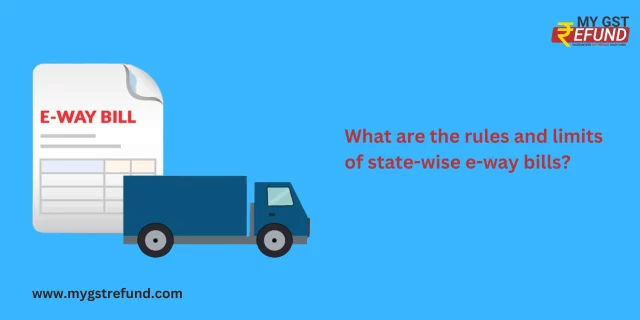
The use of e-way bills for the movement of goods between states has increased since its introduction on April 1, 2018. All states and union territories have implemented the e-way bill system, and there has been a positive response. However, certain states have provided exemptions from generating Electronic way Bills for certain items or when the value of the goods falls below a specific monetary limit. For example, in Tamil Nadu, people are exempted from generating Electronic way Bills if the value of the items is less than Rs. One Lakh.
How to generate eWay Bill on portal
To generate an E-way Bill, go to the E-way Bill Portal website at https://ewaybillgst.gov.in/ and log in with your credentials. From the menu, select the ‘E-way Bill’ option and then click on the ‘Generate New’ button. Fill in the necessary information such as the GSTIN of the sender and receiver, invoice or challan number, product details, and transportation details. After entering all the relevant details, click on the ‘Submit’ button. If the information you entered is correct, the E-way Bill number will be generated, and you can download or print the E-way Bill. The Electronic way Bill can be used for transporting goods either in digital or printed format.
Validity of eWay Bill
Rewritten: The validity period of an e-Way bill is determined by the distance between the place of the consignor and the consignee, calculated using the map feature of the Electronic way Bill system. The validity of an e-Way bill begins from the first entry update about the vehicle by the supplier or transporter. For every 100 km traveled by the vehicle, an additional day is added to the e-Way bill’s validity period. For example, an e-Way bill generated at 5 pm on 24th January 2022 will be valid until midnight on 25th January 2022. If the consignment needs to be transported over a distance of 320 km, the Electronic way Bill’s validity period will be three days (1+1+1). In the case of Over Dimensional Cargo, additional days are added for every 20 km. The transporter can update the actual distance traveled for transporting the consignment, but the variation in distance should not exceed 10% of the distance computed by the e-Way bill system.
Documents required to generate eWay Bill
For the transportation of goods, the necessary documents include an invoice, bill of supply, or challan. In the case of transportation by road, the transporter must provide either their ID or the vehicle number. For transportation by rail, air, or ship, the transporter must provide their ID along with the transport document number and its date.
FAQs on eWay Bill
-
Is it possible to include two invoices in a single e-way bill?
It is not possible to create an e-way bill for two invoices together. Nevertheless, you can merge two or more e-way bills using a consolidated e-way bill.
-
Is it necessary to create e-way bills against invoices raised for supply service?
The regulations for e-way bills do not extend to service-oriented transactions. This implies that creating an e-way bill is not required for the provision of services.
-
What is the distance limit for e-way bill?
The distance limit for generating an e-way bill in India is 100 kilometers (62 miles) per day. This means that an Electronic way Bill is required for the movement of goods where the distance between the consignor and the consignee is more than 100 kilometers per day. However, it is important to note that this distance limit may vary from state to state, as some states have their own rules regarding e-way bills. It is always advisable to check the rules of the state in which the goods are being transported to ensure compliance with the applicable regulations.
-
Is within 10 km e way bill required?
The distance limit for goods moved within a state without the requirement of an e-way bill used to be 10 km, but now it has been extended to 50 km.
-
Within how many days after issuing an invoice should the e-way bill be generated for a delayed delivery?
The e-way bill is necessary only during the delivery of goods. Therefore, if the invoice is created, but the goods are yet to be delivered, then you can generate Part-A of the e-way bill. Later, when the goods are delivered, Part-B details can be added. The validity period of the Electronic way Bill starts only after the Part-B details are entered.
-
What is the responsibility and liability of the transporter in the E-Way bill system?
If a supplier fails to generate an e-Way Bill, transporters who are responsible for carrying goods by road, air, rail, etc. must also generate an e-Way Bill. The transporter should base the Electronic way Bill on the information provided by the supplier/consignor regarding the invoice/challan. More information can be found in the article titled “Compliance on e-Way Bills by Transporter”. Failure to generate an Electronic way Bill under these circumstances may result in a penalty of Rs. 10,000 or the tax sought to be evaded (whichever is greater), as well as the confiscation of goods and seizure of the vehicle.
-
How many e-way bills are required to be generated to ship a consignment to a customer involving multiple transporters (having different Transporter IDs) in between? How will the one invoice-one Electronic way Bill validation be complied with here since the end customer is only one?
When goods are transferred from one mode of transportation to another, it is called transshipment. In such cases, only one e-Way bill needs to be generated against the invoice. The transporter can also update the transporter ID on the Electronic way Bill portal to reassign the transportation to another transporter. Once the transporter has reassigned the transportation, the seller cannot make any changes to the assigned transporter. Therefore, different delivery challans need to be generated against the invoice based on different transporter IDs because generating different e-Way bills against a single invoice is not possible and can cause problems in populating data in the GSTR-
-
How are the criteria of “Value of Consignment of Goods” applied?
The term “Value of consignment of Goods” can be explained in two ways. First, if the value mentioned in the invoice exceeds Rs. 50,000, then the user must generate an e-Way Bill. Second, if a vehicle carries goods related to multiple invoices, then the total value of all the invoices exceeds Rs. 50,000, then also the user must generate an Electronic way Bill. In either case, the term “Invoice Value” refers to the total value mentioned in the invoice, including all taxes except the exempted goods’ value, which are being transported along with the taxable goods and billed together.
-
If the value of a shipment from a single customer in a day is more than RS 50,000 is an e-way bill necessary?
The requirement for generating the e-way bill depends on whether the supplier is also the transporter. If the supplier is the transporter, they must generate the Electronic way Bill for all invoices. However, if the supplier is not the transporter, then the transporter must generate the Electronic way Bill for all invoices in the vehicle.
-
For the Selection of Sub Type in the case of Outward Supply, What do the terms “CKD/SKD” & “Line sales” mean?
The term “CKD/SKD” refers to the transportation of goods in a fully or partially disassembled state, such as the movement of fan parts to be assembled later. “Line sales” refers to sales made vertically within an organization from one unit, department, or division to another unit, department, or division that is next in the production line.
Are you Looking for GST Refund Service? Mygstrefund.com offers GST refunds on business, exports, and many more if your GST application is rejected. Get in touch with us today.
Related Posts


